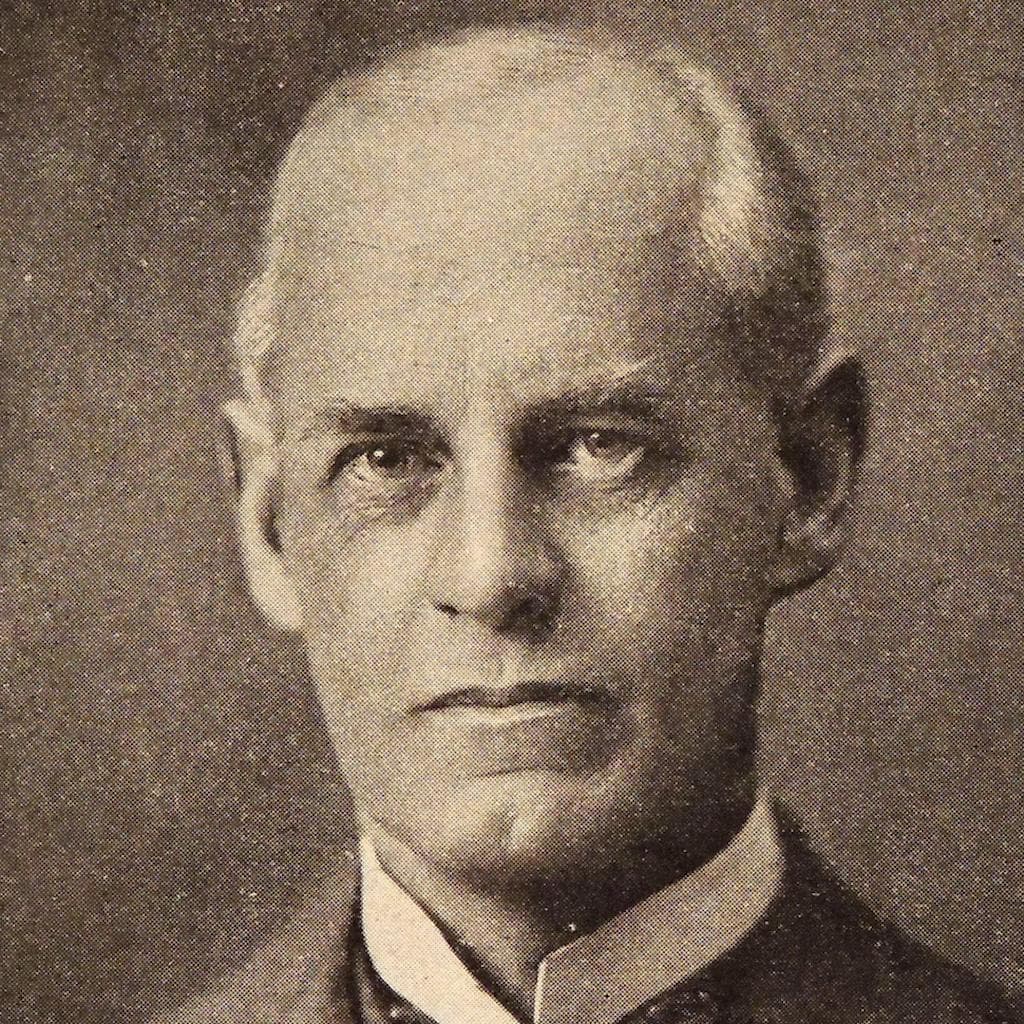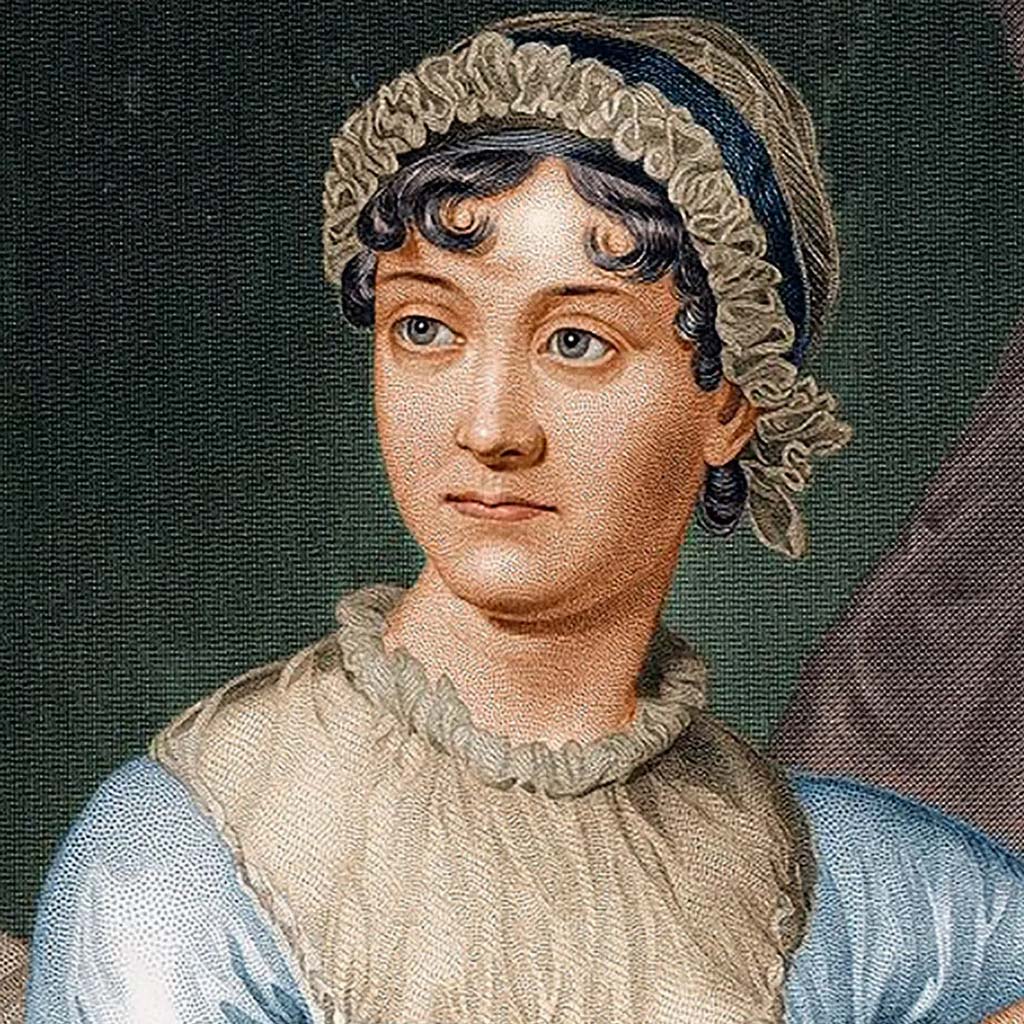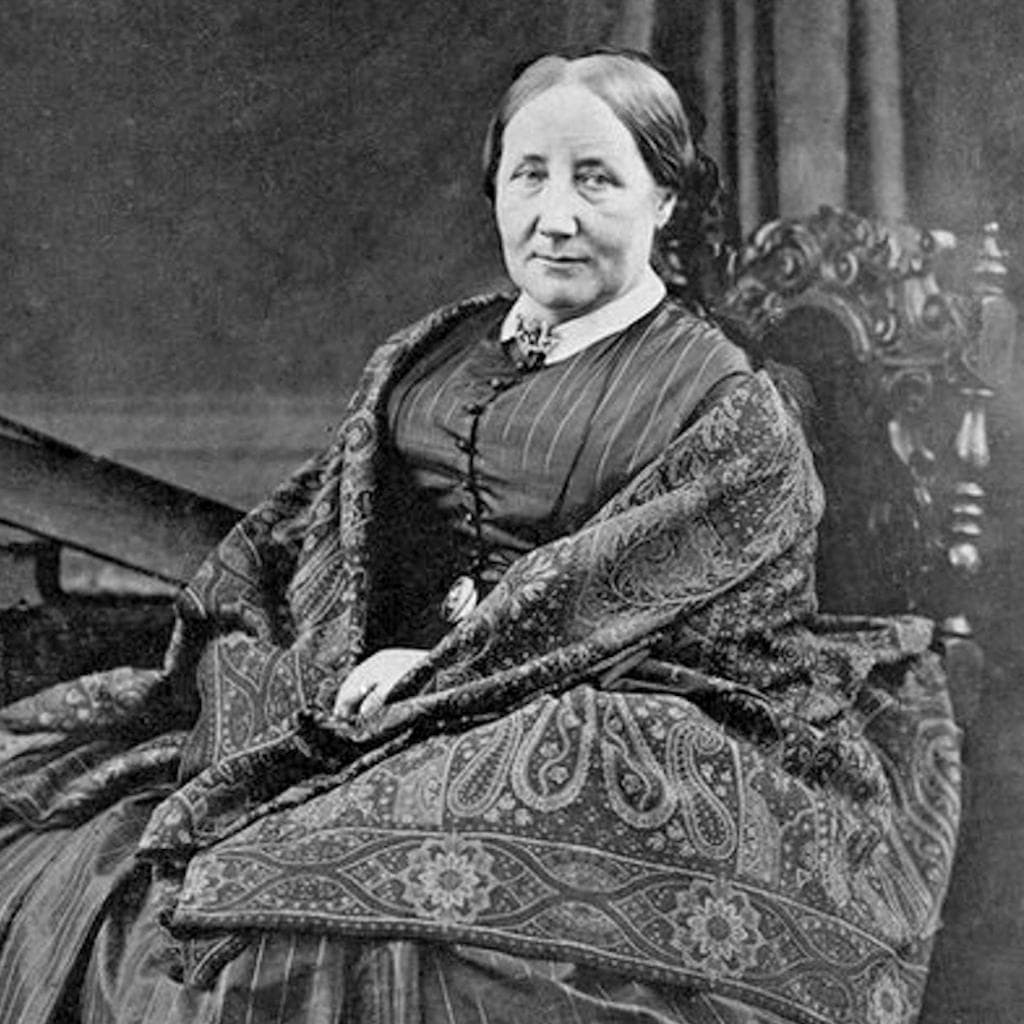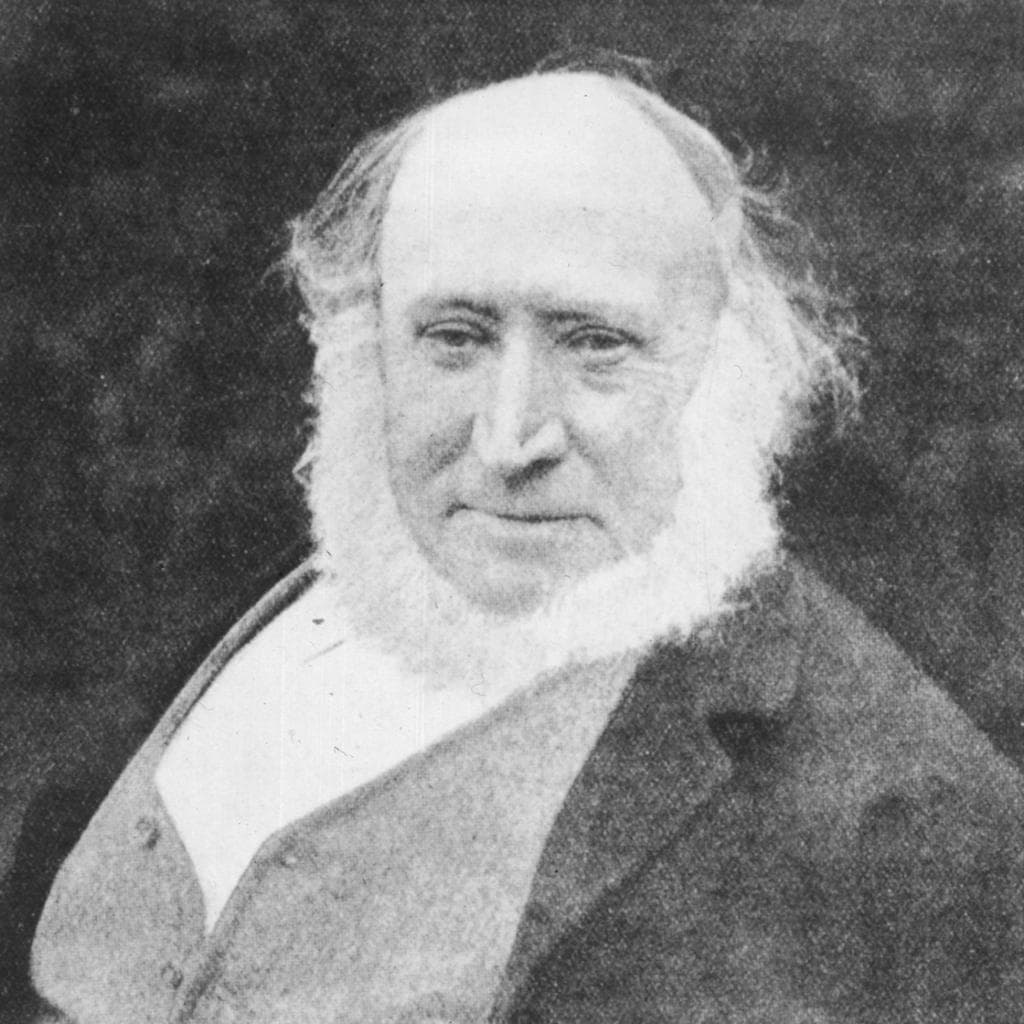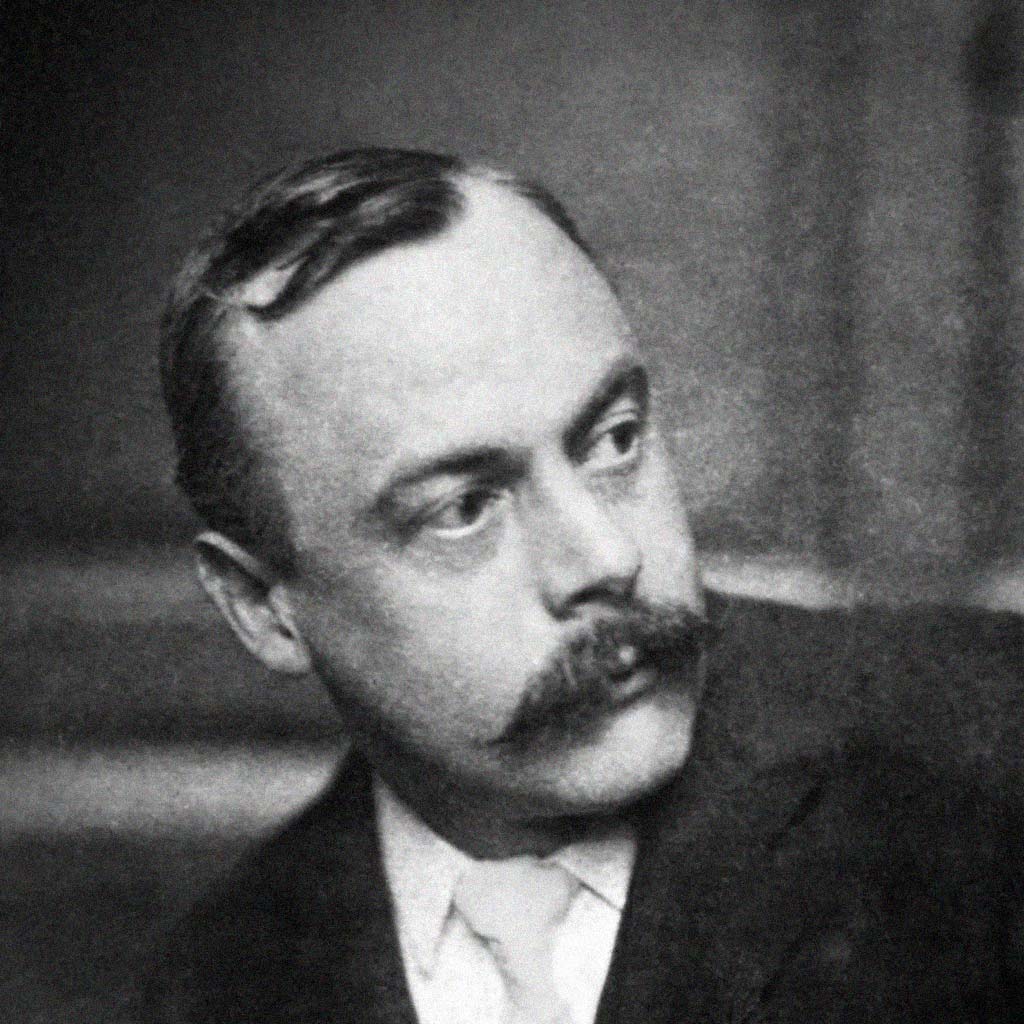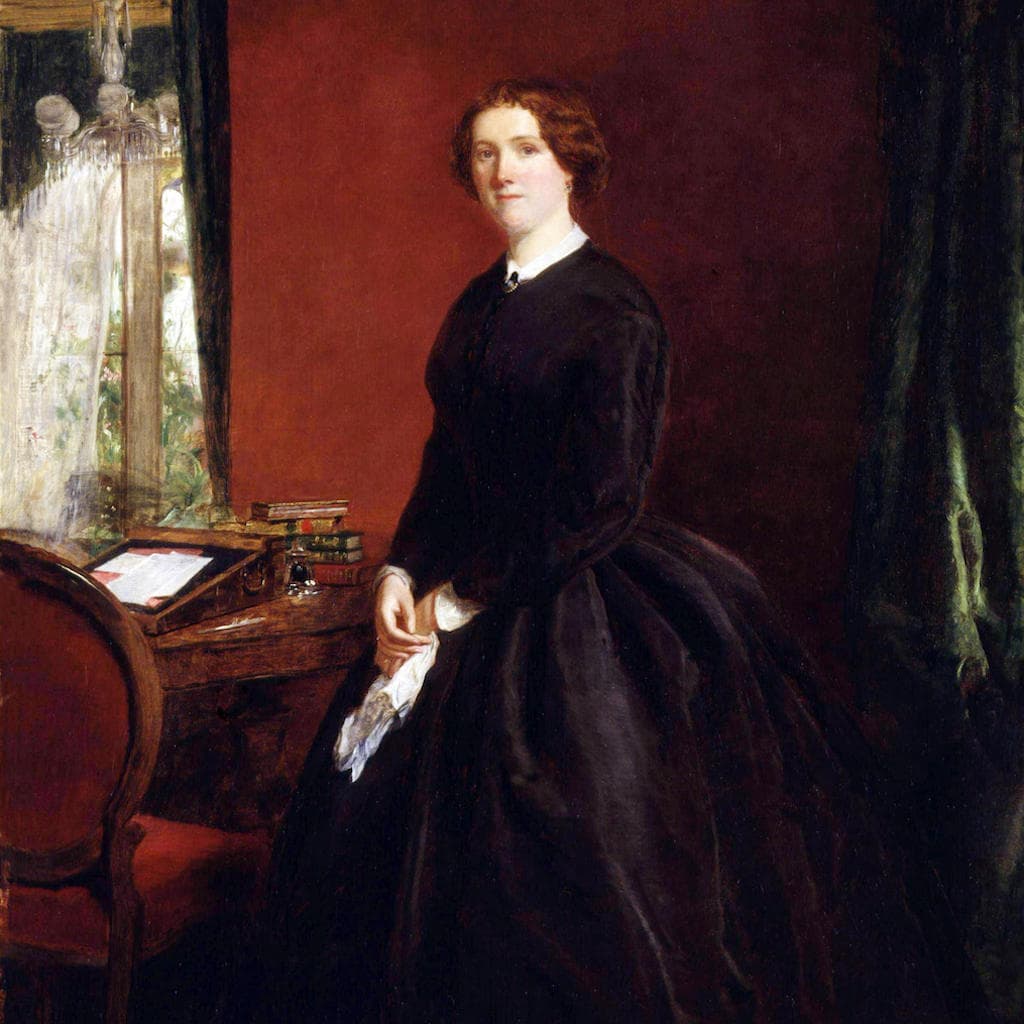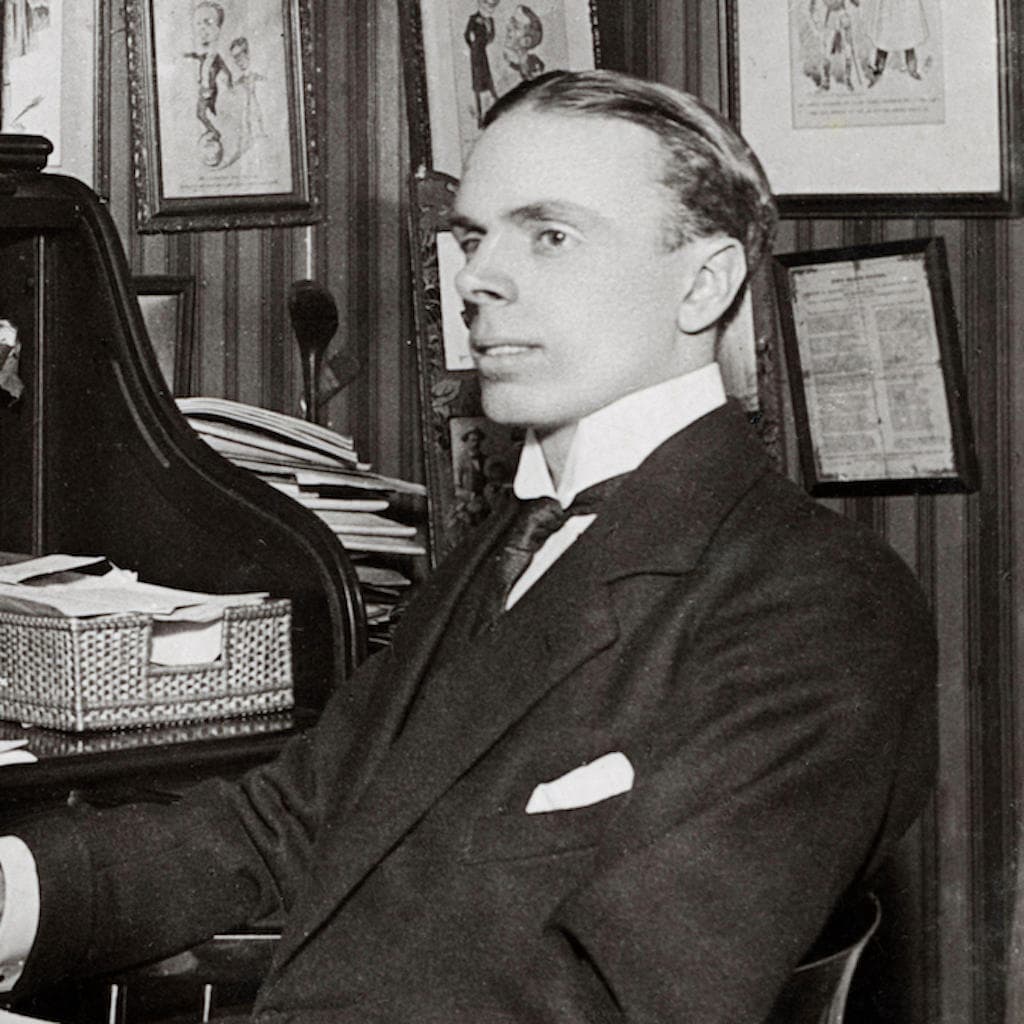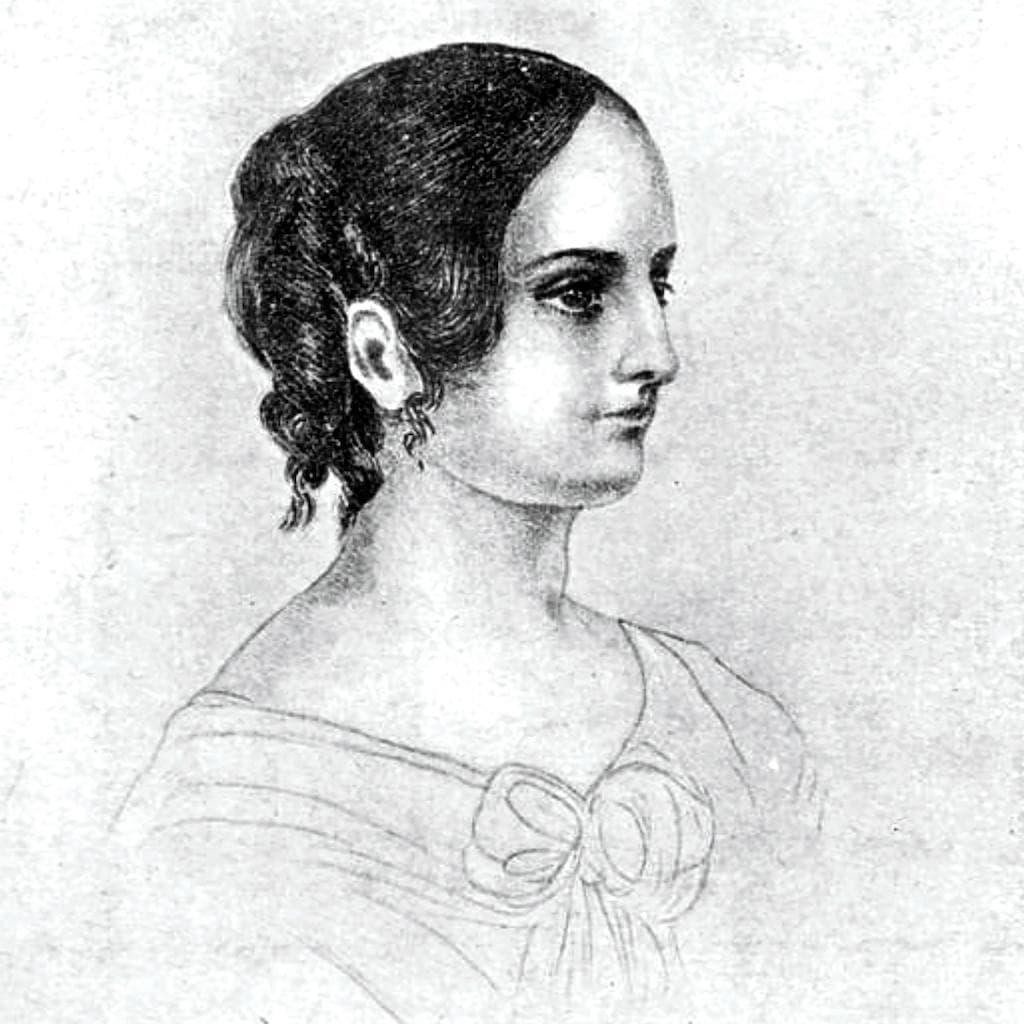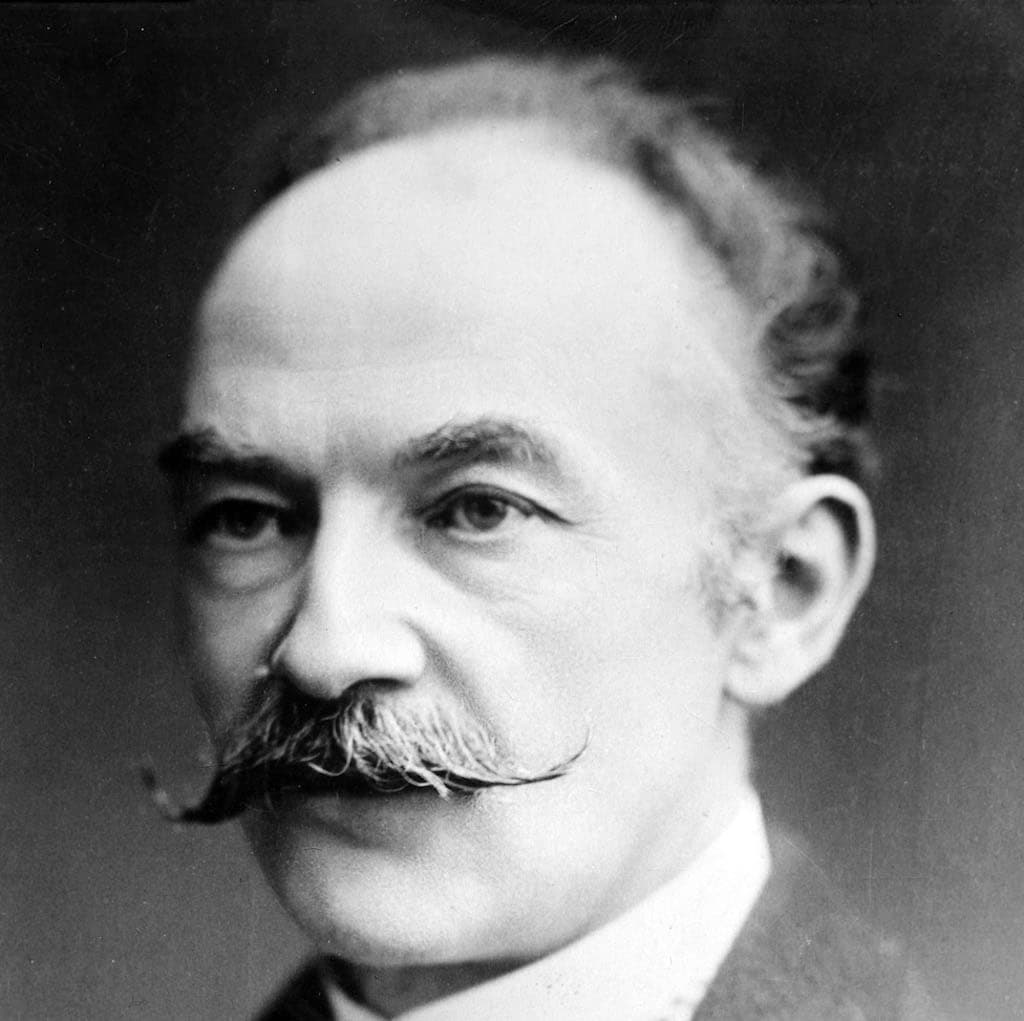BLOG POSTS
Nationality: English
Galsworthy John
When John Galsworthy (1867-1933) died, he was at the height of his popularity with the reading public, and had been awarded the Nobel Prize for Literature in 1932. Already derided by modernist writers like Woolf and Lawrence for his old-fashioned values, interest in his works fell away sharply. The revival came in 1967, when the BBC Television adaptation of ‘The Forsyte Saga’ firmly established his place in literary history once more.
Austen Jane
Jane Austen (1775 – 1817) was an English novelist whose works of romantic fiction, set among the landed gentry, earned her a place as one of the most widely read writers in English literature. Her realism and biting social commentary have gained her historical importance among scholars and critics.
Gaskell Elizabeth
Elizabeth Cleghorn Gaskell (1810-1865) was a popular Victorian novelist, whose works realistically portrayed the harsh realities of urban poverty and industrial strife. Her status as a fine novelist continues to this day, with the television adaption of ‘Cranford’ increasing public awareness of her works. She was also a talented writer of supernatural stories, as the Wordsworth collection of her stories demonstrates.
Blackmore R.D.
Richard Doddridge Blackmore (1825-1900) was one of the most famous novelists of his generation. The writer of sixteen novels in all, he is now remembered only for his third, ‘Lorna Doone’.
Grahame Kenneth
Kenneth Grahame 1859-1932 had an unusual writing career. He became an essayist of some note while working his way up to a senior position at the Bank of England, but ceased writing when he retired, then married in 1899. His classic work, ‘The Wind in the Willows’, came from bedtime stories he wrote for his young son and was published in 1908. Although he lived for over twenty years after, it was his last published work.
Braddon Mary Elizabeth
Mary Elizabeth Braddon (1835-1915) was one of the most popular and prolific of Victorian authors, producing over eighty novels, five plays and various poems and short stories. Her most enduring work is ‘Lady Audley’s Secret’.
Grossmith George and Weedon
George Grossmith (1847 – 1912) and Weedon Grossmith (1854 – 1919) were brothers, both of whom were known for their careers on the stage. They collaborated in writing a column for ‘Punch’ between 1888-9, which was published as ‘The Diary of a Nobody’ in 1892. Never out of print, it is one of the classic works of English comedy.
Bronte Anne
Anne Brontë (1820-1849), the sister of Charlotte and Emily, was the youngest of six children and is best known for her novels ‘Agnes Grey’ and ‘The Tenant of Wildfell Hall’.
Hardy Thomas
Thomas Hardy (1840-1928) had a writing career which spanned more than fifty years, and he is now considered both a major novelist and poet. His tales of Wessex, a fictional amalgamation of various south-west counties, have a lasting appeal, and many, such as ‘The Mayor of Casterbridge’ and ‘Tess of the d’Urbervilles’ have become popular television adaptations.
